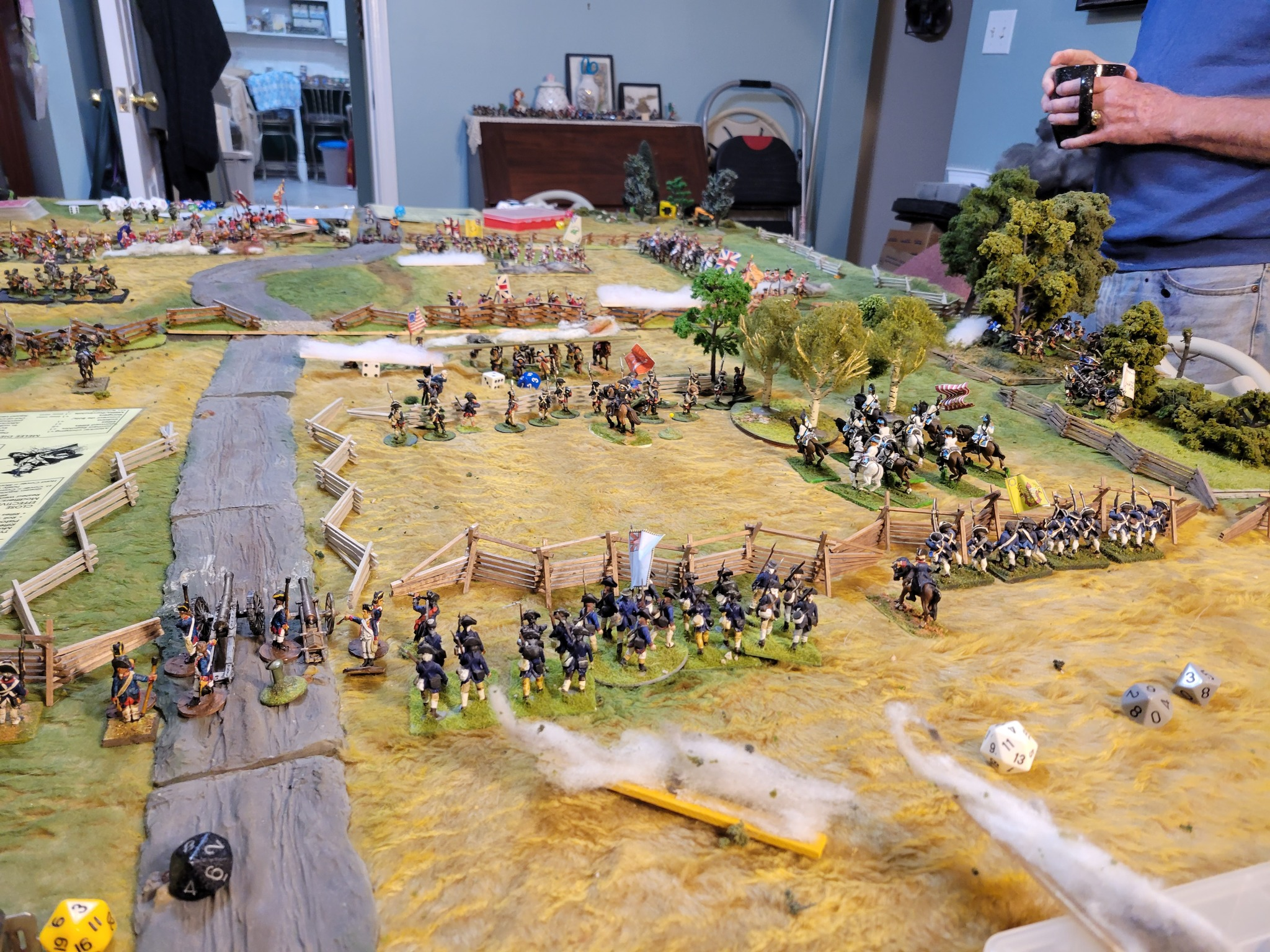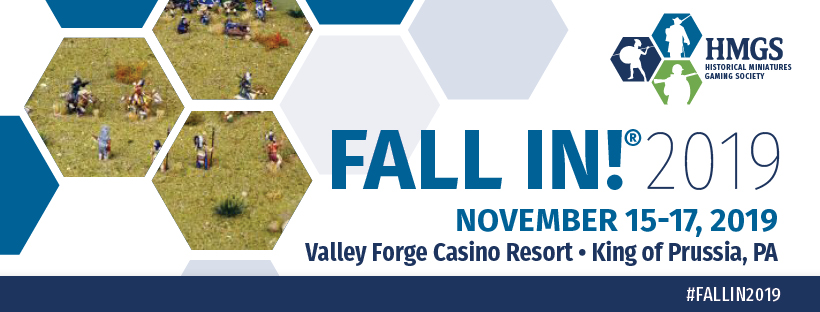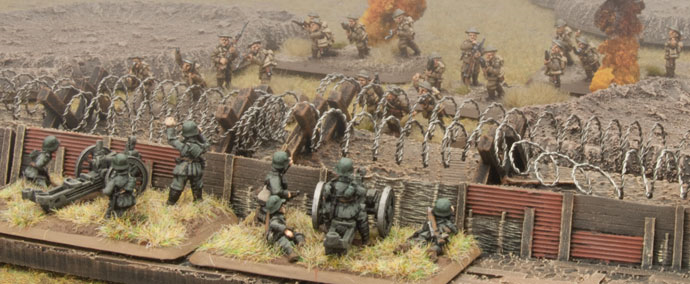A wargaming game board, also known as a tabletop or gaming board, serves as the playing surface where battles and scenarios unfold in tabletop wargames. It provides the backdrop for the miniature models or game pieces and sets the stage for tactical maneuvers, terrain effects, and strategic decision-making. Here are some key aspects to consider when creating or using a wargaming game board:
The size and shape of the game board depends on the scale and requirements of the war game being played. Common sizes range from small 2’x2′ (60cm x 60cm) boards for skirmish-level games to larger 6’x4′ (180cm x 120cm) or even bigger boards for larger-scale battles. Rectangular or square shapes are the most common, but some games may call for unique or irregular shapes to represent specific terrains or scenarios.
Game boards can be constructed from various materials, each with its own advantages and considerations. Some popular options include:
- Game Mats: These are printed, flexible mats made of neoprene, cloth, or PVC material. Game mats often feature colorful and detailed terrain artwork, such as fields, forests, buildings, or urban landscapes. They provide a visually appealing and portable option for creating a ready-to-play game board.
- Terrain Tiles: Modular terrain tiles are square or hexagonal tiles that can be assembled and rearranged to create a customizable game board. Each tile typically represents a section of terrain, such as hills, rivers, or roads. Terrain tiles offer flexibility and versatility in creating diverse battlefield environments.
- Terrain Boards: These are solid, often modular, boards made of materials like wood, foam, or plastic. Terrain boards can be pre-made or custom-built to depict specific terrain features and provide a sturdy and durable surface for wargaming. They allow for the creation of more intricate and immersive terrain designs.
- Terrain Features: Terrain features play a vital role in wargaming, providing strategic advantages, obstacles, and cover for units. Consider incorporating various terrain elements into your game board design, such as hills, forests, rivers, buildings, walls, roads, or other natural or man-made features. These features can be represented by sculpted terrain pieces, pre-made terrain features, or handcrafted elements.
- Modularity and Flexibility: Depending on the wargame system or preferences, you may choose to create a modular game board that can be rearranged for different scenarios or gaming sessions. This allows for flexibility in adapting the battlefield to suit different battles, terrain types, or campaign progressions.
- Visual Appeal: A visually appealing game board adds to the immersion and enjoyment of war gaming. Consider adding realistic terrain textures, vibrant colors, and thematic details to enhance the visual appeal of the battlefield. Painting terrain features, adding realistic foliage, or incorporating small props and accessories can bring the game board to life.
- Storage and Transportation: Proper storage and transportation solutions are important to protect and preserve the game board and its terrain features. Consider using dedicated storage containers, carrying cases, or protective covers to safeguard the game board when not in use or during transportation to gaming sessions.
Remember, the game board should be designed to complement the specific wargame system being played and align with the historical period, setting, or theme of the game. It should provide a functional and visually appealing platform for engaging battles, tactics, and strategic decision-making in the tabletop wargaming hobby.







